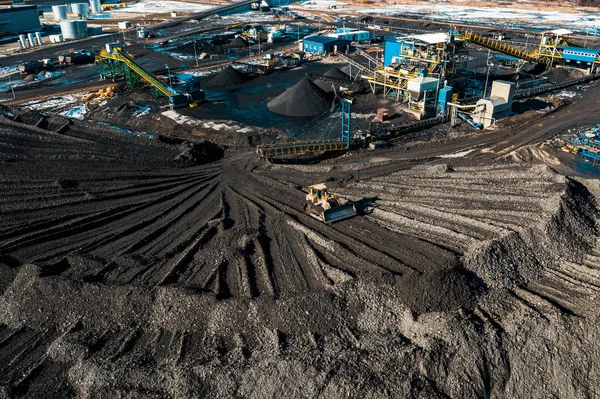Tapping Nigeria’s future mineral resources

It is no longer news that renewable energy is critical to the accomplishment of the global target to reach net zero by 2050. The use of low-carbon technologies to achieve the goal as reflected in the Paris Agreement of 2015 requires massive development of infrastructure such as wind farms, solar photovoltaic (PV) plants and electric vehicles (EV), etc. As a result of this energy transition, there is an increasing demand for critical or future minerals such as lithium, nickel, manganese, cobalt, and graphite amongst others, that are needed for the production of these infrastructures.
For instance, in order to produce battery with high performance, energy density, and longevity, lithium, cobalt, and nickel are needed; similarly, the production of EV motors and wind turbines require the use of rare elements such as neodymium, dysprosium, lanthanum, and cobalt. A report by International Energy Agency says since 2010, the average amount of minerals used to produce a new unit of power generation has increased by 50% due to the increased share of renewables in the global energy mix. It becomes evident then that nations that are richly endowed with these minerals are able to have total control of their renewable energy development pathways.
This is where Nigeria comes into focus. Sadly, however, despite these resources being the potential replacement for her oil and gas, the country seems to be lagging behind in positioning herself to become a driver in the critical minerals value chain. Several reports from the Ministry of Mines and Steel Development have continuously indicated that Nigeria lacks the critical infrastructure needed to explore, produce and utilize the future minerals seated in reservoirs across the country. Many analysts believe that this situation exemplifies the lack of commitment on the part of government to drive the mining sector which is valued at USD 700 billion.
And this is in spite of the fact that the authorities know what is needed to be done. Accordingto Mr. Olamilekan Adegbite, Nigeria’s immediate past Minister of Mines and Steel Development, what is needed to drive exploration and production of these future minerals is the initiation of strategic models and policies that would incentivize the sector for investors. While this may be correct, the availability of up-to-date data on these critical minerals has remained a challenge constraining investment. In addition to the risks of exploration and volatile cost dynamics of drilling, the sector has remained unattractive, even though there are incentives such as tax holidays, and removal of importation tariffs, amongst others.
Therefore, the place of a data-driven approach to jumpstarting investment in future mineral exploration and production is critical to Nigeria’s net-zero ambition and energy transition. On this note, the development of a consortium that consists of public and private sector players who would provide comprehensive datasets of the reserve capacity of these future minerals seems an approach that would help put Nigeria on the right path. Such a data-driven approach if carried out extensively would definitely market the country’s mineral resource strength, especially concerning the race of renewable energy dominance that is being witnessed today. However, it must be acknowledged that such an approach is a highly complex one. But the process to kick things off must begin now.
Jul 24, 2023 by Ogheneganre Eyankware